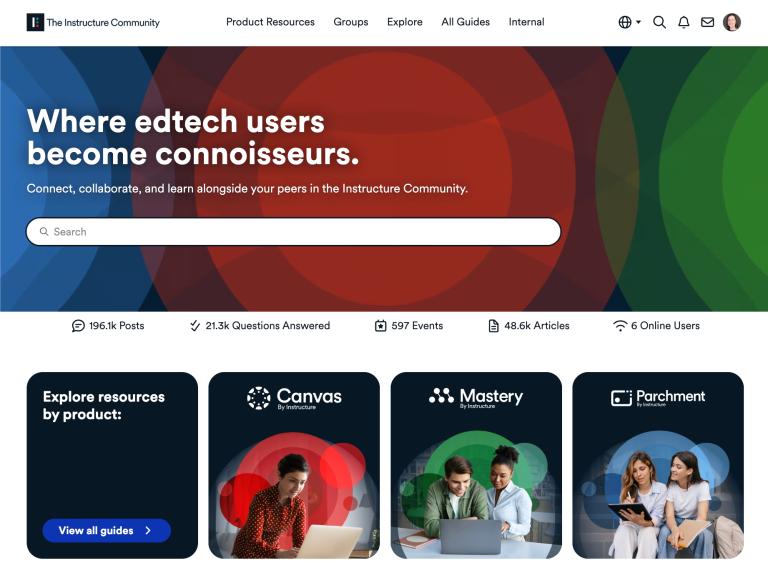*Editor's note: This article is from The Cornell Daily Sun. It is republished with permission.
For Cornellians looking online for grades, assignments and syllabi, last spring was the first semester that that many students logged on to Canvas — not Blackboard.
During the spring of 2019, Cornell began the transition from Blackboard to Canvas as its primary learning management system, the official term for the online system used by both instructors and students to share information, to deliver course materials and track grades.
Canvas has had a staggered rollout — roughly 250 faculty members chose to start using Canvas in Spring 2019, which enrolled over 10,000 students in Canvas.
This semester, all university courses can be taught in Canvas, although Blackboard is still available.
While a University press release said that over half of courses are now taught in Canvas, associate director at the Center for Teaching Innovation Rob Vanderlan said the transition has been even more successful than anticipated — more than 90 percent of courses have made the move.
The press release also stated that four colleges have already fully transitioned to Canvas, and all courses exclusively for first-year students are currently using Canvas.
By next spring semester, all classes will use Canvas.
The evaluation process began in late 2016. In 2017, The Center for Teaching Innovation recruited faculty to test out different LMS’s, including Canvas, Blackboard Ultra and Brightspace.
Vanderlan told The Sun that Cornell switched to Canvas because faculty and students found it “easier to learn and use,” and easier to connect with other learning technologies.
“Because [Canvas] is designed with student learning in mind — meaning it can help faculty manage their courses and communicate more clearly with students — it in turn facilitates and enhances student learning,” Vanderlan said.
Several other Ivy League institutions, including Columbia University, Brown University, Dartmouth University and Yale University, also use Canvas.
“Because it is designed to easily connect with other learning technologies, it helps our faculty try innovative approaches to teaching in their classes,” Vanderlan said.
Faculty can also grant temporary Canvas access to students who are waitlisted for a course. This way, waitlisted students can access the course materials before they are enrolled and ensure they don’t fall behind on readings and assignments.
Vanderlan said that given the magnitude of the transition, the University’s switch to Canvas has been relatively smooth.
“Individual faculty or students may have encountered occasional issues, but we haven’t uncovered any widespread problems,” said Vanderlan. “Faculty and students who migrated this spring were generally satisfied with the transition.”
To ensure that Cornell students and faculty felt supported throughout the transition to Canvas, Cornell provided online resources and trainings, and even an advisory board composed of Cornell students and faculty members, to review and improve the transition timeline.
Vanderlan said that the CTI’s goal was to have half of all University courses switch to Canvas this fall — a goal that was more than reached.
“We think that’s a good indication that faculty are eager to make the transition and are finding it manageable,” he said.
Related Content
 inst-3step.jpg
inst-3step.jpgBlogs
 13lmsfeaturesthatbenefitstudentlearning.jpg
13lmsfeaturesthatbenefitstudentlearning.jpgBlogs
 community-homepage.jpg
community-homepage.jpgBlogs
